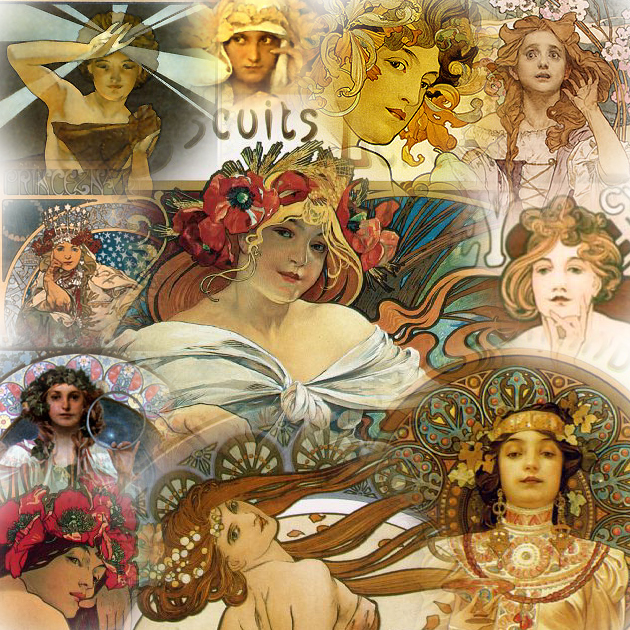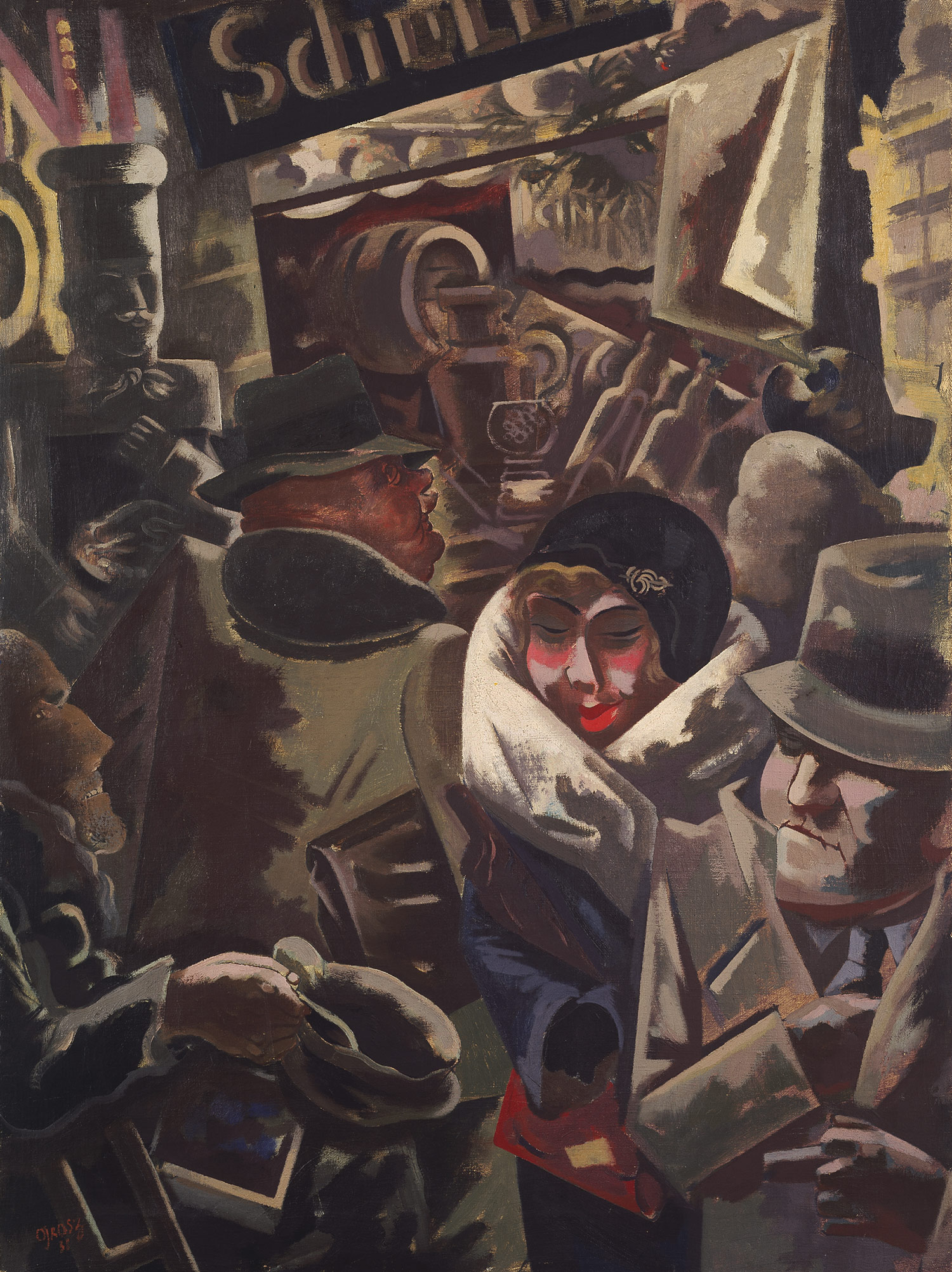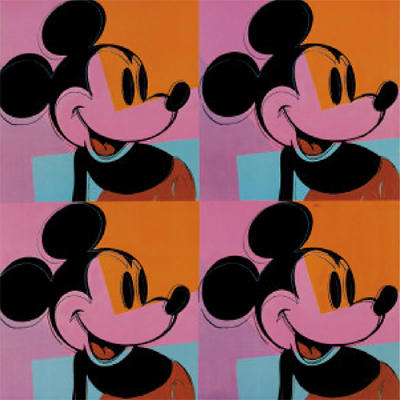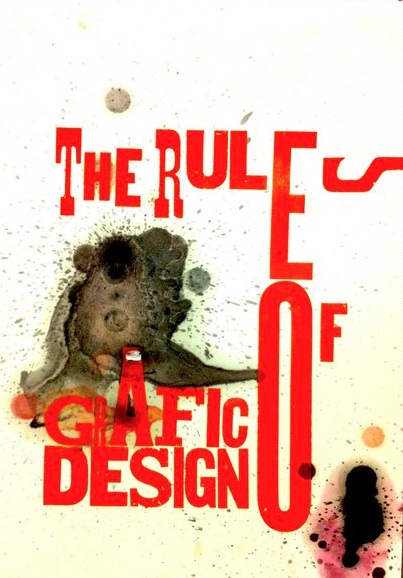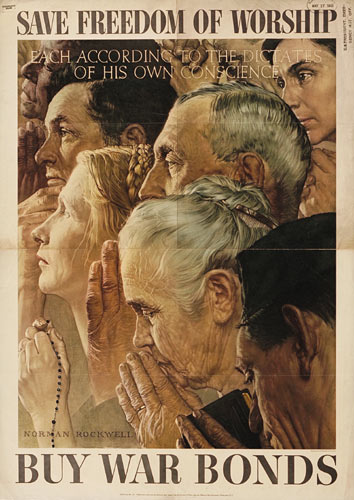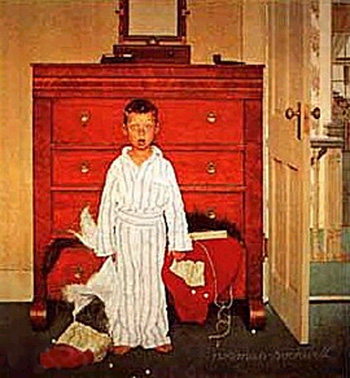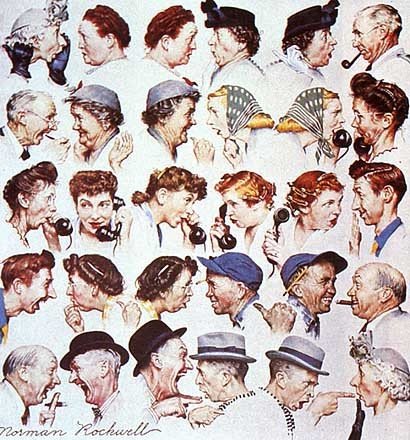For my final posting, I want to present each era as an representative image based on the timeline that was in our lectures. I had started this post earlier so when I opened Module 11 that had a nice review of what we learned, I was thinking oops. But this is strictly off the chart from the modules. Of course some images I picked were just because I liked it or it was different or it meant something to that time frame or just because. If you find an obvious error, please let me know.
I learned a great deal from the class of "History of Graphic Design." Now every where I go I notice the design and think "that's Bauhaus" or at least take a guess. The artists and designers were always adventurous and pushing the boundaries expanding our world and were great to study to learn about. As I grew up in the printing industry, I was able to relate to many of the printing and typesetting aspects.
I would like to have studied the first four chapters more slowly like 2 chapters a week instead of the 4. The book was so detailed sometimes I felt I had information overload. It had an impossible task which was to try and find as much as possible all the influential design and art that has effected Graphic Design. I also wish all the Modules and quizzes had been released in the beginning so at times I could do ahead. Commenting on others field journals were a challenge as most didn't post until just before it was due. Overall I thoroughly enjoyed the class and reading other classmates field journal as they taught me too.
So, here is my small contribution.
I learned a great deal from the class of "History of Graphic Design." Now every where I go I notice the design and think "that's Bauhaus" or at least take a guess. The artists and designers were always adventurous and pushing the boundaries expanding our world and were great to study to learn about. As I grew up in the printing industry, I was able to relate to many of the printing and typesetting aspects.
I would like to have studied the first four chapters more slowly like 2 chapters a week instead of the 4. The book was so detailed sometimes I felt I had information overload. It had an impossible task which was to try and find as much as possible all the influential design and art that has effected Graphic Design. I also wish all the Modules and quizzes had been released in the beginning so at times I could do ahead. Commenting on others field journals were a challenge as most didn't post until just before it was due. Overall I thoroughly enjoyed the class and reading other classmates field journal as they taught me too.
So, here is my small contribution.
PREHISTORIC
MIDDLE AGES
The Bayeux Tapestry (French: Tapisserie de Bayeux) is embroidered strip of linen telling the story of the events starting in 1064 that led up to the Battle of Hastings and the Norman Conquest of England in 1066.
http://www.arthistoryspot.com/2009/10/bayeux-tapestry/
RENAISSANCE
 |
| Initial A: A man singing. MS. LUDWIG VI 2, FOL. 128V Artist unknown, Italian, circa 1460-1480. Tempera colors and gold leaf on parchment. 23-3/4" x 17-5/16" |
BARQUE
 |
| Girl with a Pearl Earring, 1665 Johannes Vermeer jossingalongblog.wordpress.com/ |
VICTORIAN
 |
| Currier & Ives, 1874 http://publicdomainclip-art.blogspot.com/2010/04/home-sweet-home.html |
EARLY MODERNISM
 |
| Ballet School, 1873 Edgar Degas http://chisnell.com/art/Impressionism/Forms/Gallery.aspx |
Arts & Crafts
![[bkverse.gif]](https://blogger.googleusercontent.com/img/b/R29vZ2xl/AVvXsEh8WHsPodf-lAGV8mIha6-Yio-ZPLstZKMrUj5kVQyivwBhG1tqzXE_8ZfggM7iBfN6IKCaE_eps7CtOt1cah2XfgDF76UUpx-gjKAUtW8QcI-ndM8f-h9FSL7cOANh3gH1djVbOCLfeaM/s1600/bkverse.gif) |
| William Morris, A Book of Verse, 1870 |
Glasgow
 |
| The May Queen 1900 Frances MacDonald http://www.porcelainsandpeacocks.com/ |
Jugendstil
 |
| Illustration by Heinrich Lefler for Die Buecher der Chronika der Drei Schwestern, 1900 http://observatory.designobserver.com/slideshow.html?view=728&entry=13678&slide=2#slide |
Expressionism
Plakatstil
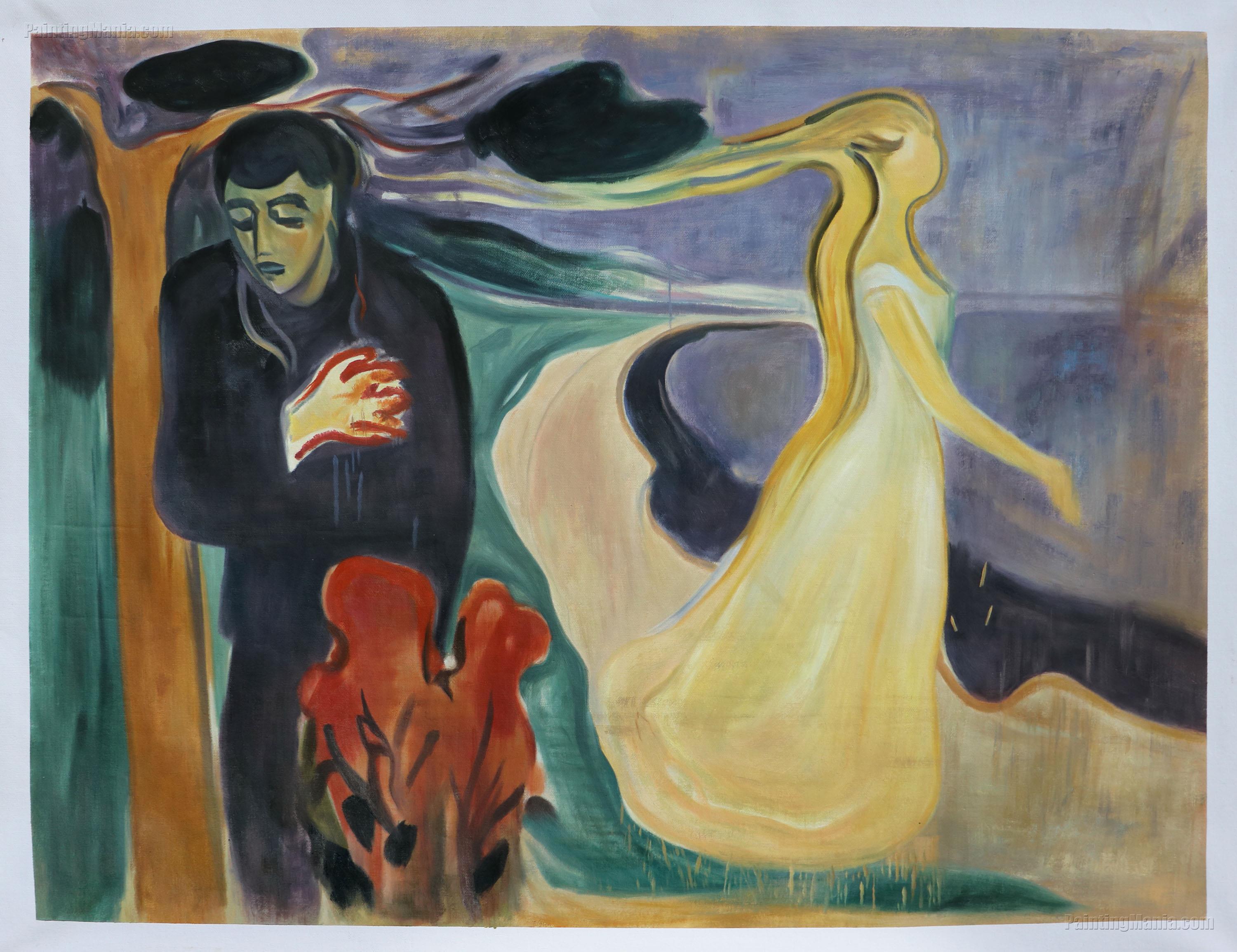 |
| Separation, 1896 Edvard Munch http://www.paintingmania.com/separation-16_4037.html |
 |
| Lucian Bernhard, Steinway Grand Piano Poster http://tekiela.posterous.com/?tag=posterdesign |
MODERNISM
Cubism
 |
| Picasso, work and date unknown http://chisnell.com/art/Cubism/Forms/Gallery.aspx |
Futurism
 |
| Solidity of Fog 1912 Luigi Russolo http://www.porcelainsandpeacocks.com/ |
Suprematism
 |
Suprematism Sketch 1920, by Wassily Kandinsky |
Constructivism
 |
| Proun 19D,1922 El Lissitzky http://www.moma.org/collection/browse_results.php?object_id=79040 |
de Stijl
Bauhaus
Art Deco
 |
Composition in Oval with Color Planes 1, 1914Piet Mondrian |
 |
| The Bright Side, 1923 Paul Klee http://avp-08.blogspot.com/2008_09_28_archive.html |
Art Deco
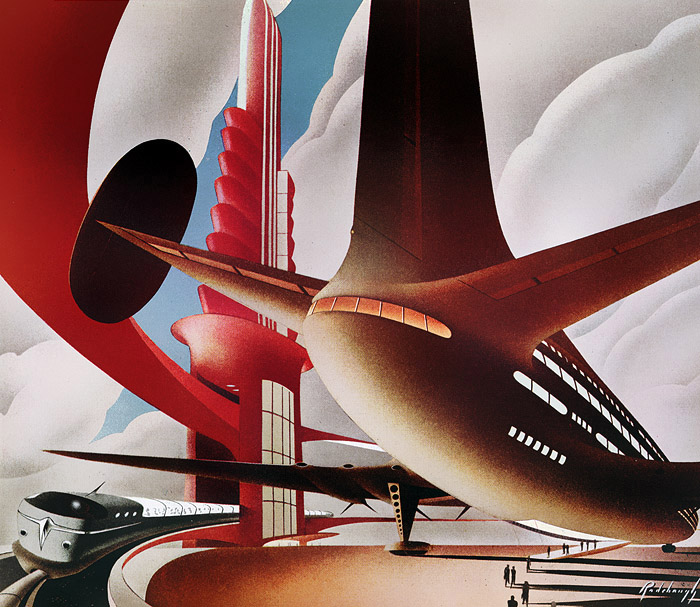 |
| Flight Into the Future, 1946 Arthur Radebaugh http://www.plan59.com/av/av410.htm |
Surrealism
 |
| The Farm 1921/22 Joan Miró http://www.abcgallery.com/M/miro/miro35.html |
 |
Adolf Hitler, Propaganda, Poster, NSDAP |
LATE MODERNISM
Abstract Expressionism Art
 |
| John F. Kennedy, 1962 Elaine de Kooning http://www.dailyartfixx.com/tag/group-f64/ |
Swiss International Style
 |
| Trademark Design, 1961 Paul Rand http://www.splashnology.com/blog/inspiration/162.html |
Revivalism & Eclecticism


 Barry Zaid Barry Zaid |
| Images copyright © 1973-2009 Barry Zaid |
Japanese Modern(see below)
Psychedelic
Conceptual Art
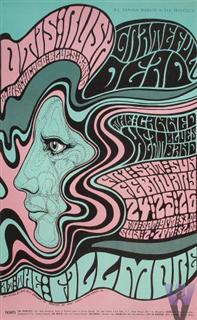 |
| Fillmore concert poster Wes Wilson http://www.live-grateful-dead-music.com/vintage-concert-posters.html |
 |
| Empty Vessel, Empty Vessel , 1961 George Brecht http://fluxmuseum.org/calls-for-works-fluxhibition5.html |
Feminist Art
 |
| Vermeer's Wife,1998 Dotty Attie http://www.brooklynmuseum.org/eascfa/feminist_art_base/gallery/dotty_attie.php?i=991 |
POST MODERNISM
 |
| This is American, 1968 Takenobu Igarashi http://www.moma.org/collection/browse_results.php?criteria=O%3AAD%3AE%3A6502&page_number=17&template_id=1&sort_order=1 |
Memphis
 |
| Memphis Design Fabric, 1980's http://www.anambitiousprojectcollapsing.com/2009_03_01_arhive.html |
Deconstruction
 |
Reinventions: Insights 2008 Design Lecture Series Ed Fella http://www.manystuff.org/?p=1943 |
Rave
New Simplicity



